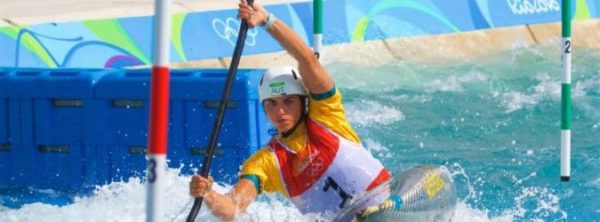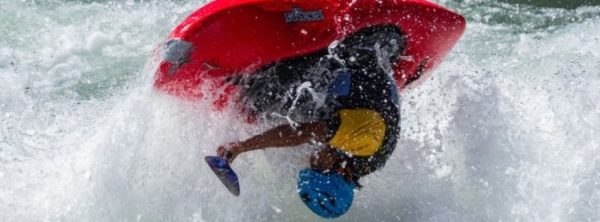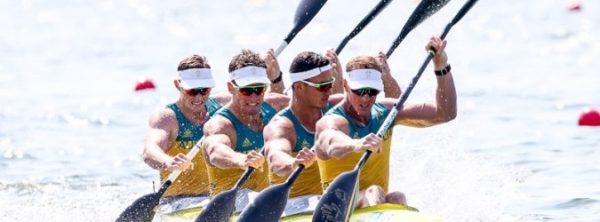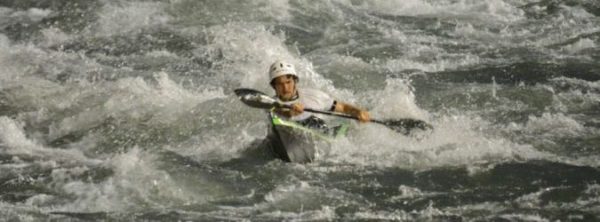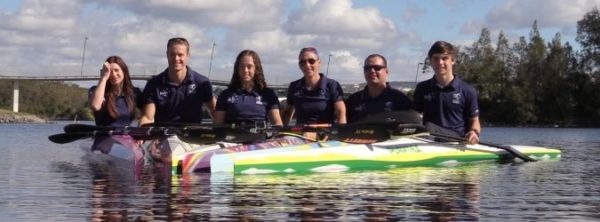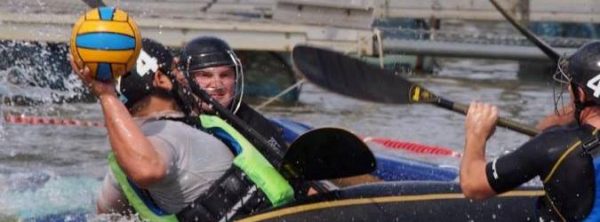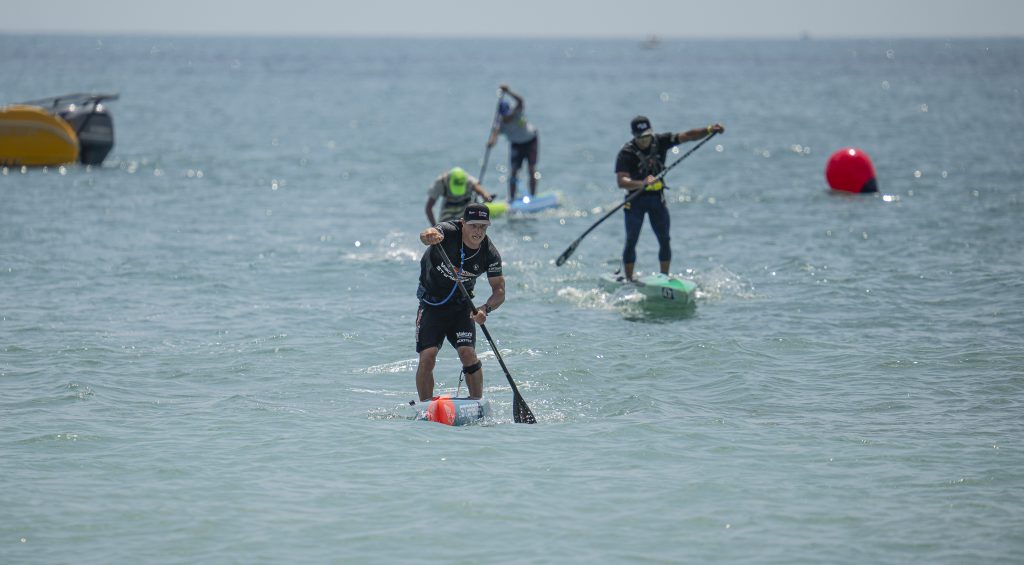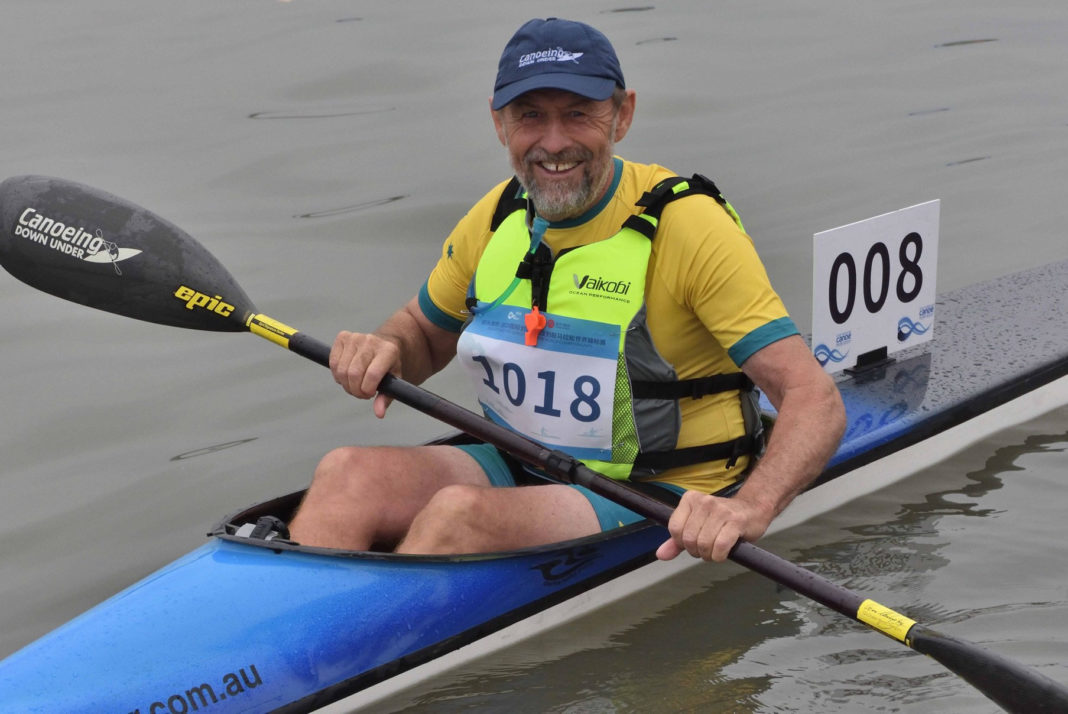PA’s 2019 Master Paddler of the Year, Terry Bolland, shares his thoughts on the importance of wearing a PFD.
A member of the Progressive Racing Group asked me last Tuesday – why do I always wear a PFD when no-one else does?
I suppose I do look strange and I expect that most people think I can’t swim or something. Admittedly I might look the odd one out on the river but I am prepared to stay that way as it might save my life one day.
Although I have always worn a PFD in whitewater and the ocean, it was when I turned 60 that I decided to wear a PFD every time I went paddling which is virtually every day and for 4-6 days a week I’m on the water twice a day. So in the last 8 years I have worn my PFD over 3,000 times and on my expeditions I’m wearing it for 5 to 9 hours a day. So a PFD has become part of my paddling gear which carries my water, my camera, my car keys, my small knife, some money and my whistle.
At 68 I feel fit and my body has never missed a beat and even when I’m paddling at my hardest I have never felt any inkling that I might have a black-out, get dizzy or have a medical problem which may affect my balance whilst on the water. (I have seen other paddlers with such a condition and should have been wearing a PFD.)
However it’s impossible for me to know if something is going to happen to me one day to trigger a blackout or a capsize that threatens my life so I would rather be prepared.
Paddlers should not only think about themselves, they should also think about their loved ones and if being coached they should think how traumatic it would be for the coach if they drown whilst in their care. Clubs should also take more responsibility and promote the wearing of PFDs.
I find it very strange that older paddlers or paddlers with known health issues don’t wear PFDs. I also can’t understand why the family of those older paddlers don’t encourage them to wear a PFD.
Some paddlers have died because they weren’t wearing a PFD after a capsize, although there has been a lot more paddlers who could have died, but didn’t only because luck was on their side.
So PFDs can be warm in hot weather, they can also be annoying, but you get used to them especially the newer lighter ones.
In some cases they might not even save your life after a capsize, but the chances in doing so are much better and at least you will float rather than sinking underwater to float up after bloating several days later.
At the recent World Marathon Championships I was the only one wearing a PFD and that included paddlers older than 70 years. At first I did feel the odd one out but when I remembered the reason I was wearing it, that feeling soon passed. And it didn’t hinder my performance, in fact having water within sipping distance kept me hydrated.
Don’t you be the one that people say – he/she died doing what they loved to do!
Please note that while legislation varies state to state, Paddle Australia encourages all paddlers in the community to wear a PFD while on the water.






